Is It Necessary to Cover Your Air Conditioner Condenser During Winter?
Winter can be harsh, and many homeowners wonder how to protect their outdoor air conditioner condenser during the colder months. A common question is whether covering the unit is necessary or beneficial. While it might seem like a logical step, there are factors to consider before deciding. This article explores the pros and cons of covering your air conditioner condenser and provides tips to care for your unit during winter.
The Purpose of the Air Conditioner Condenser
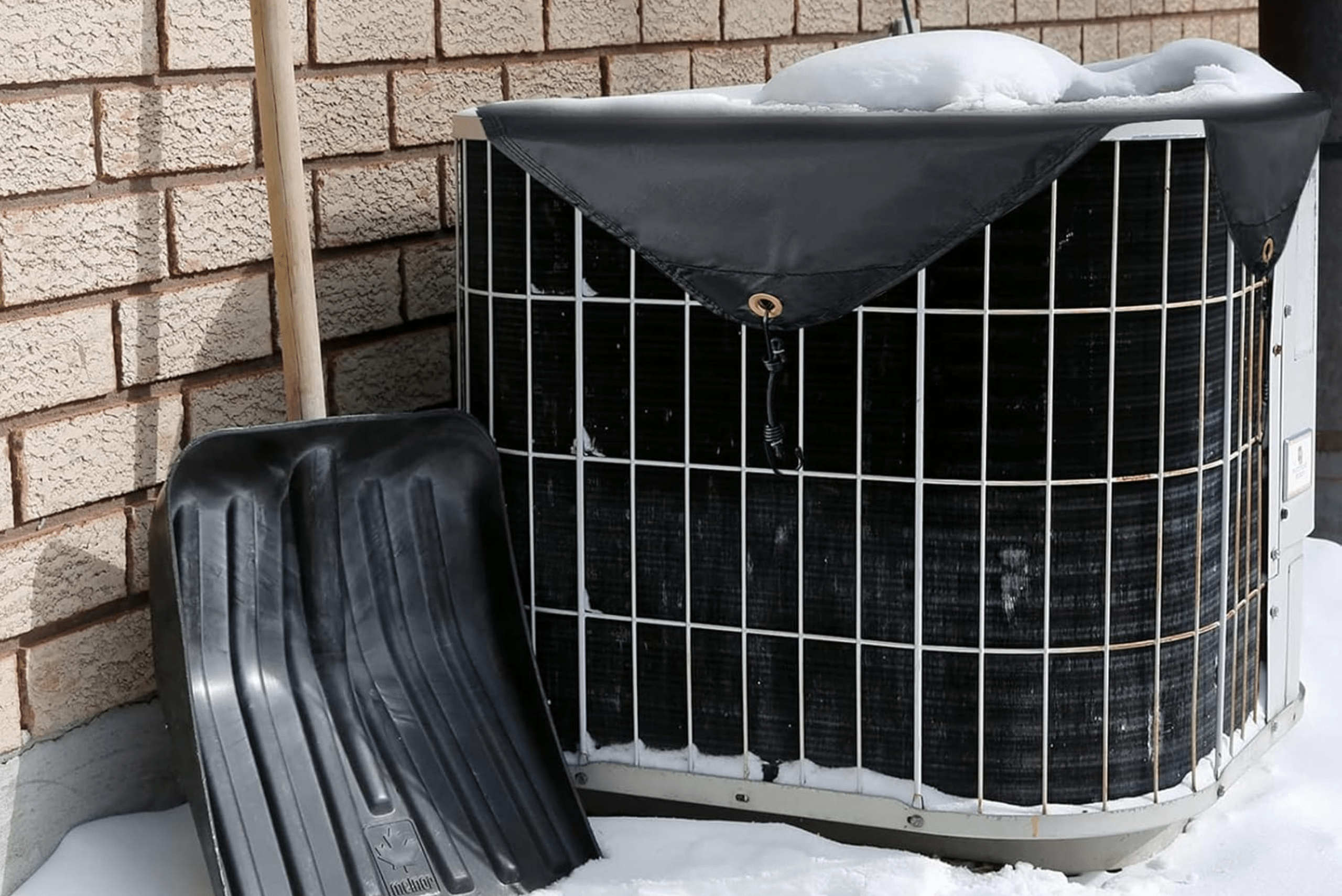
Your air conditioner condenser is the outdoor component of your cooling system. Its primary function is to release heat absorbed from your home, allowing the refrigerant to cool. Since it’s built to endure outdoor elements, it’s constructed with durable materials. However, winter poses unique challenges, such as snow, ice, and debris, which lead many to consider covering it.
There are various pros and cons to using a cover for your air conditioner’s condenser, but most importantly, your climate and specific region needs will determine whether a cover is suitable for your air conditioning unit.
Pros of Covering Your Air Conditioner Condenser
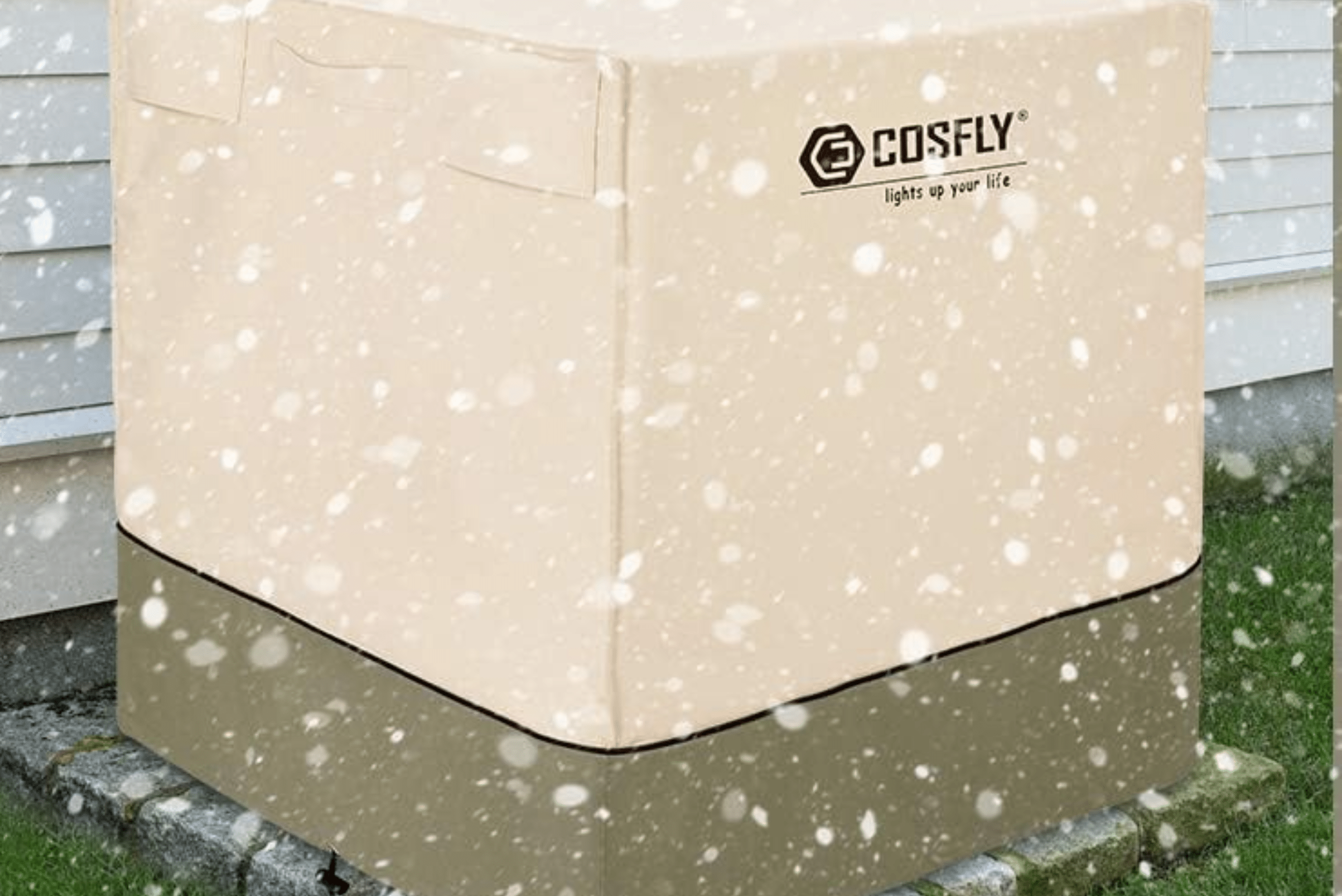
Prevents Debris Accumulation
Covering the condenser can prevent leaves, branches, and dirt from collecting inside the unit, which might clog the system or damage its components.
Reduces Moisture Build-Up
While condensers are weather-resistant, excessive moisture from snow or ice can freeze, potentially leading to rust or damage over time. A cover can provide an extra layer of protection.
Minimizes Damage from Falling Objects
In winter storms, branches or ice can fall onto the condenser, causing physical damage. A sturdy cover can act as a barrier.
Cons of Covering Your Air Conditioner Condenser
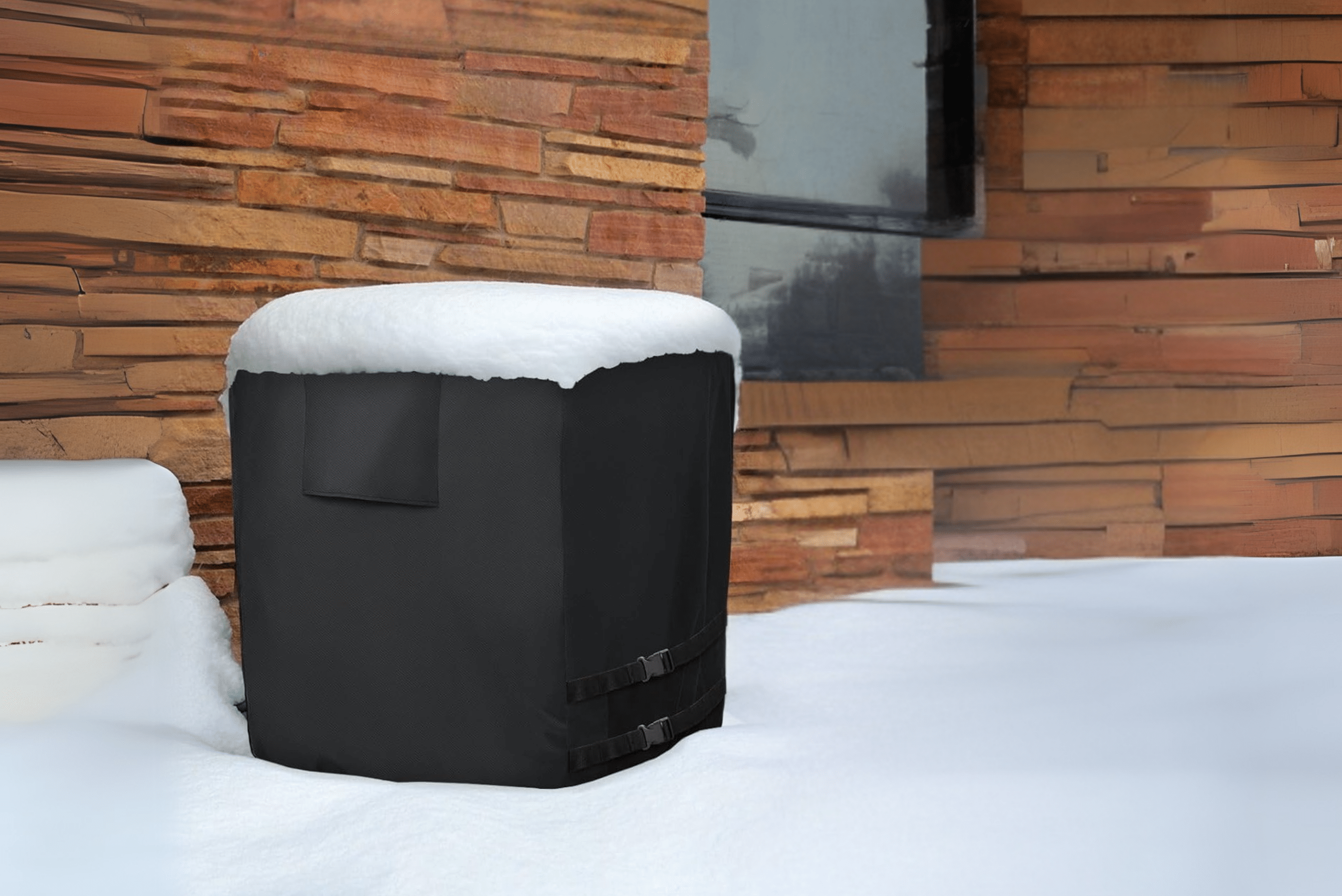
Traps Moisture
Ironically, covering the condenser can trap moisture inside, increasing the risk of rust and corrosion. Without proper ventilation, condensation can build up under the cover.
Attracts Pests
Covers can create a cozy hiding spot for rodents and insects seeking warmth, which can lead to chewed wires or nests inside the unit.
May Not Be Necessary
Modern air conditioners are designed to withstand winter weather. In many cases, additional covering offers little added benefit compared to their built-in durability.
Best Practices for Winterizing Your Air Conditioner Condenser
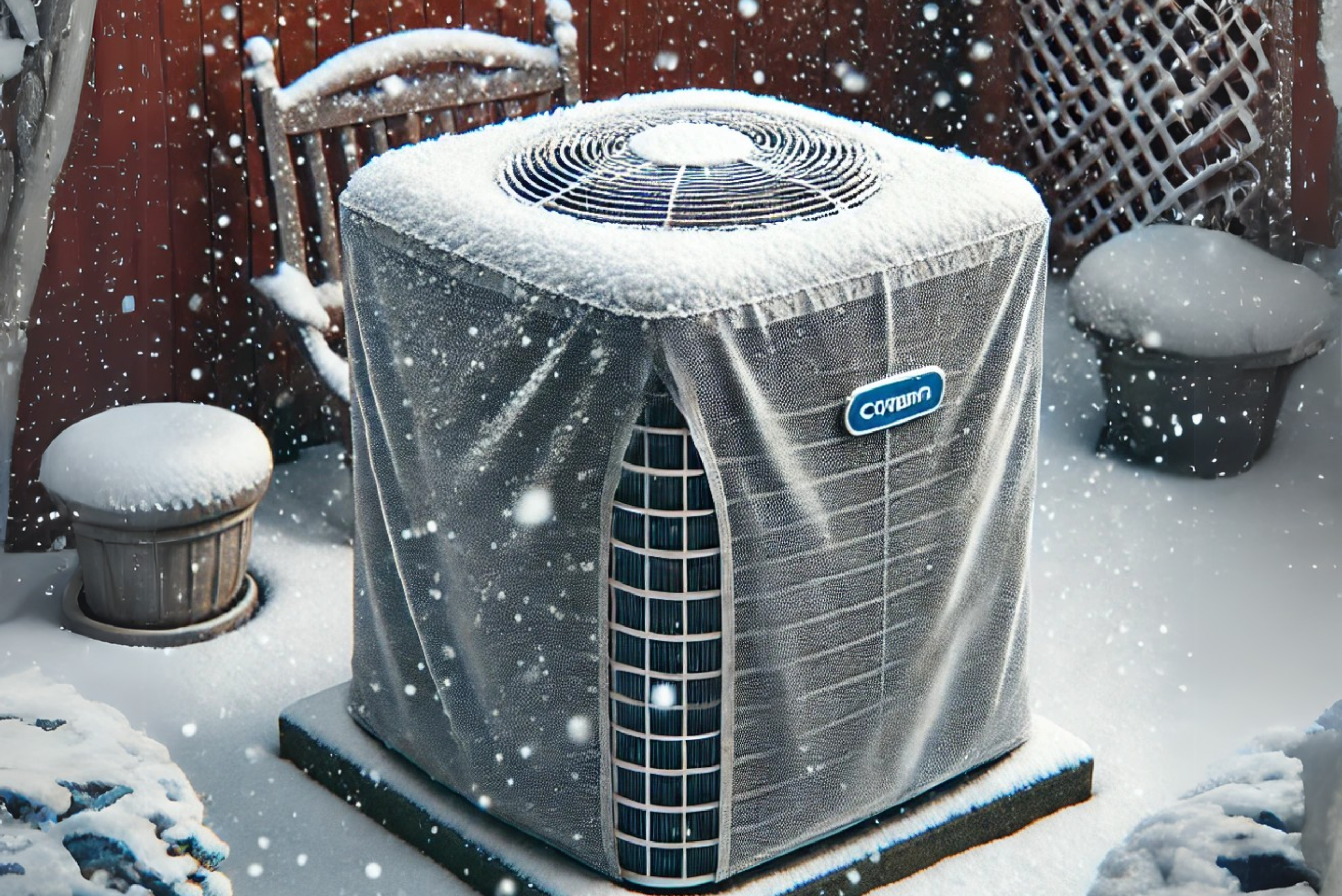
Instead of a full cover, opt for a breathable top cover. This shields the unit from falling debris while allowing air circulation to prevent moisture buildup. Also, keep the area around the condenser free of leaves, branches, and snowdrifts to minimize potential clogging or physical damage.
Before the first snowfall, inspect your unit for dirt or damage and clean it thoroughly to prevent issues during the off-season. If you live in an area prone to heavy snowfall, ensure your unit is elevated above the typical snowline to prevent prolonged exposure to moisture.
When You Should Consider Covering Your Air Conditioner Condenser
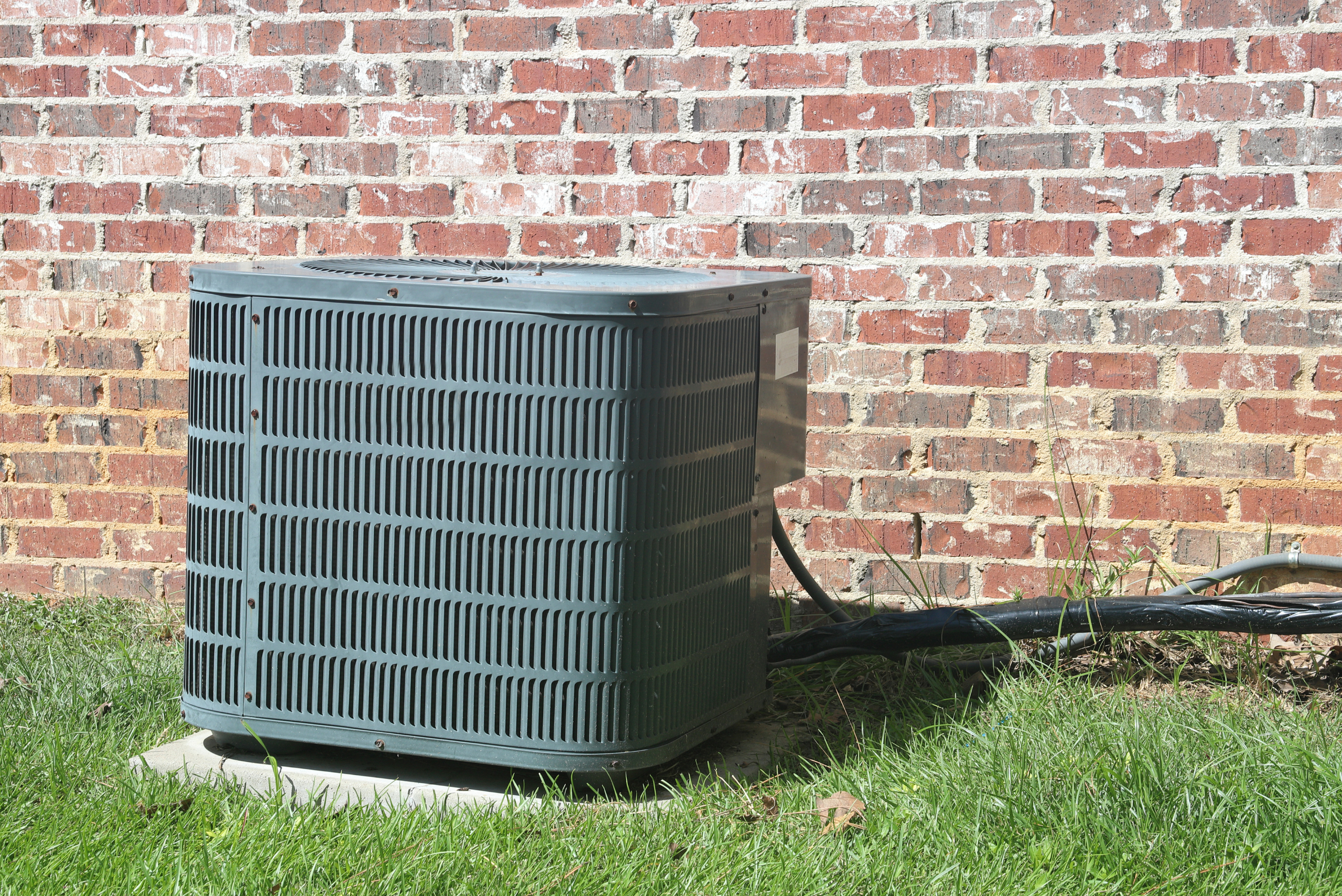
In regions with extreme winters, where snow, ice, and debris are persistent issues, covering the condenser might make sense. However, for most climates, your unit will perform well without a cover. Consult your manufacturer’s recommendations or a trusted HVAC professional for specific advice tailored to your system and environment.
Deciding whether to cover your air conditioner condenser in winter depends on your local climate, unit design, and personal preference. While covers can provide protection in certain situations, they are not always necessary and can sometimes do more harm than good.
Ready to start your next project? Join our DIY community to receive tool tips, how-to guides, and exclusive creative insights. Subscribe to the ManMadeDIY newsletter now! Click here to unlock a world of hands-on inspiration.









